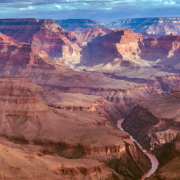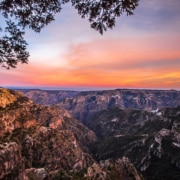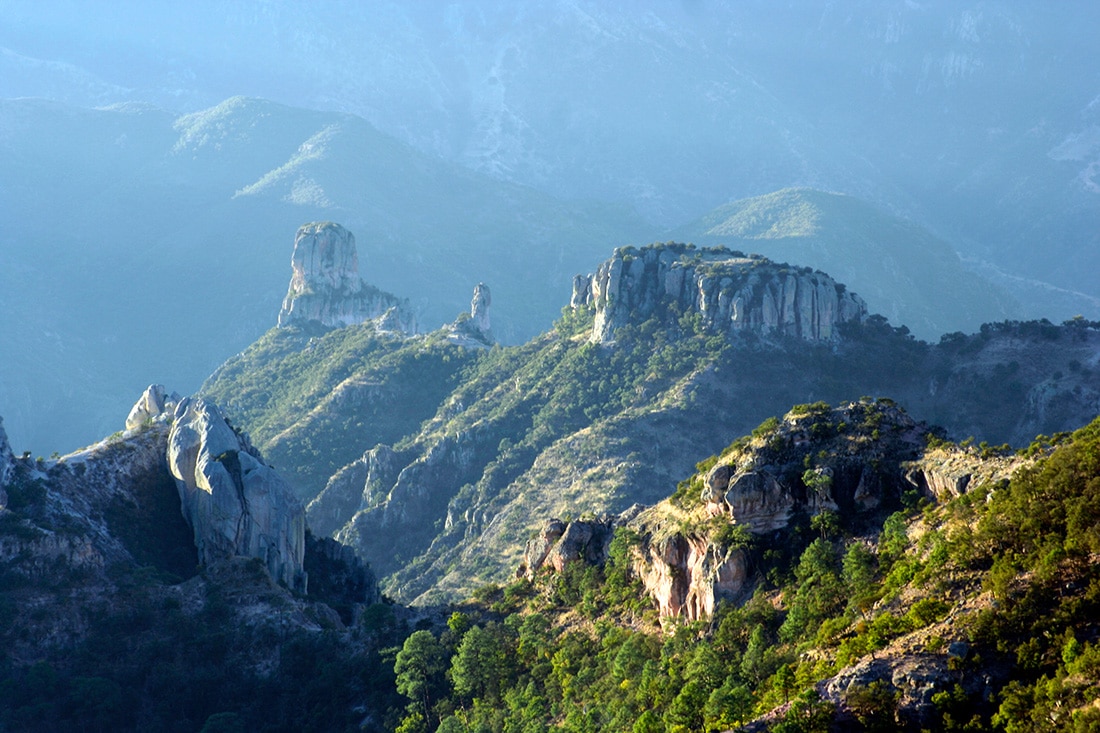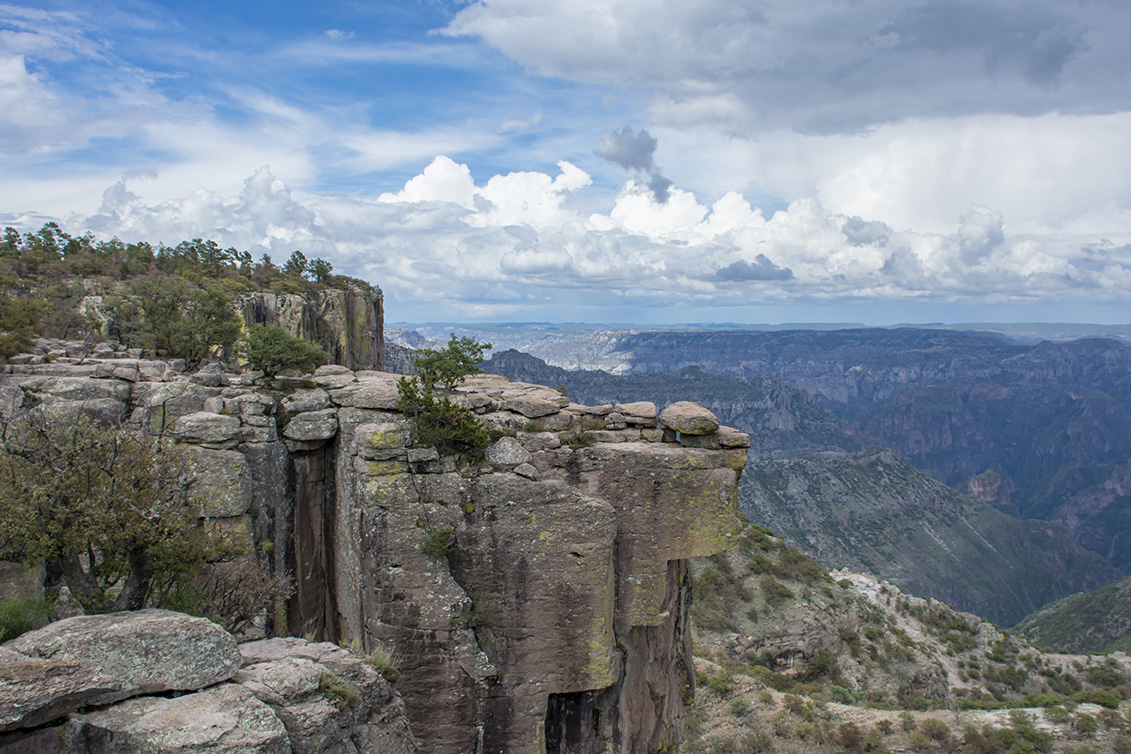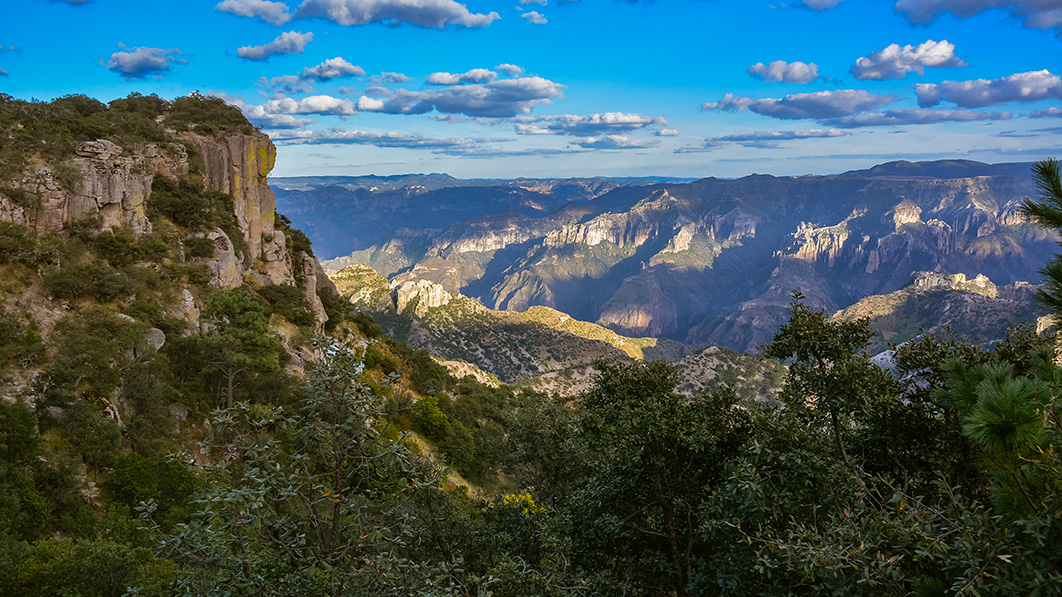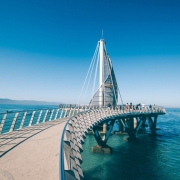The Grand Canyon is the most popular National Park in the United States—and for good reason. It’s beautiful stone ridges are iconic, a snapshot of America often seen on postcards.
Copper Canyon, in Mexico, is another natural wonder. It, too, is an increasingly popular destination for world travelers. In this guide, compare the two canyons side-by-side, and consider where you might want to have your next adventure.
Size & Temperature
Copper Canyon is bigger and hotter than The Grand Canyon by quite a bit. Here’s how their stats breakdown.
Grand Canyon
-
- Length. 277 miles (446 km)
- Width. 600 feet (182 m) to 18 miles (29 km)
- Width ranges from narrowest to widest point.
- Depth. 1.13 miles (1.81 km)
- Depth is measured rim to floor
- Area. 1,904 square miles
- Height. 8,000 feet (2,438 m)
- Temperature Avg.
- Summer 80°F (25°C), Winter 50°F (10°C) (Rim)
- Summer 100°F (38°C), Winter 60°F (16°C) (Canyon interior)
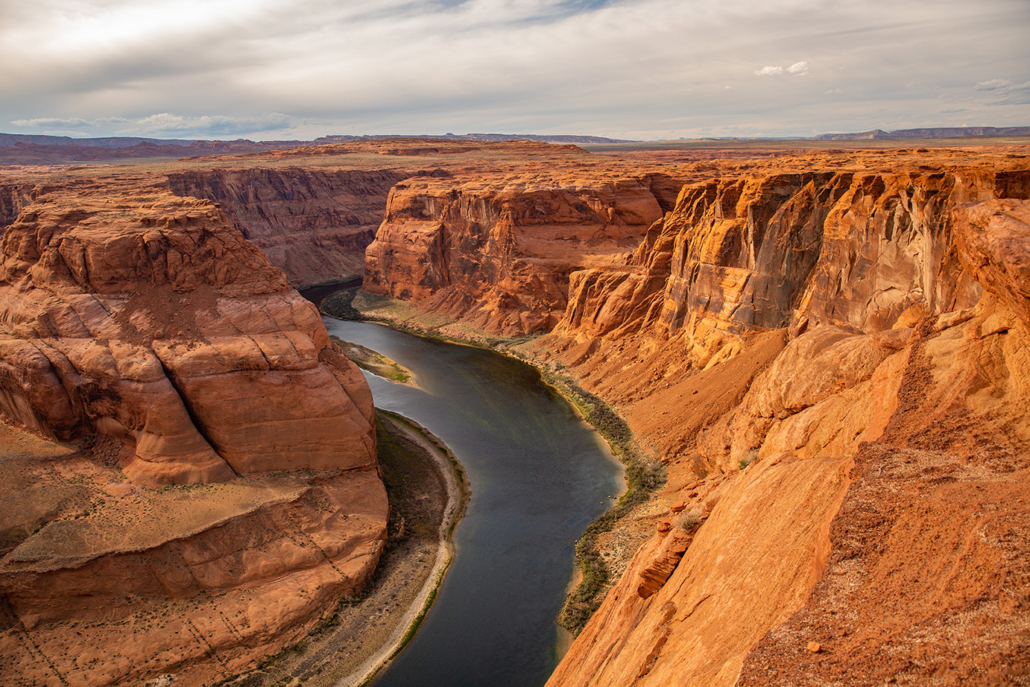
Copper Canyon
- Length. 370 miles (600 km)
- Length of contiguous ravines.
- Combined length of all ravines is 520 miles (850 km)
- Area. 25,000 square miles
- Depth. 1.16 miles (1.86 km)
- Height. 8,300 ft (2,540 m)
- Avg. Temperature.
- Summer 86⁰F (30°C) Winter 32°F (0°C) (rim)
- Summer 95 ⁰F (35 ⁰C), Winter 63 ⁰F (17 ⁰C) (canyon interior)
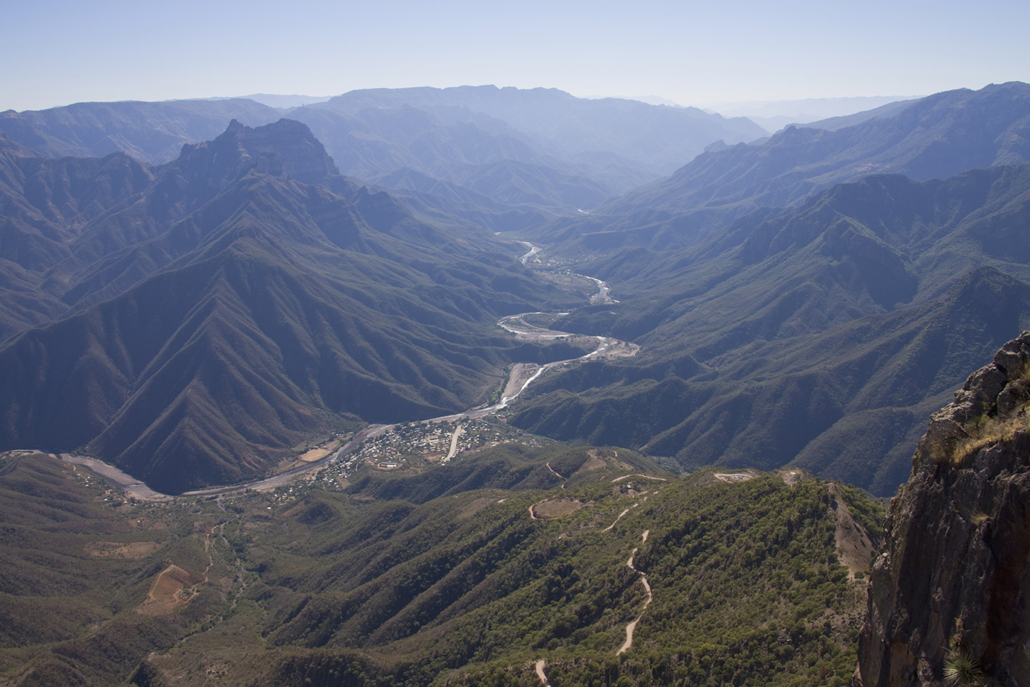
How To Navigate The Canyon (Options)
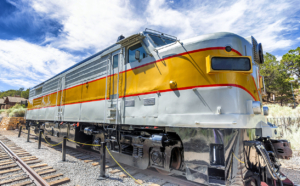 Ways To Traverse The Grand Canyon
Ways To Traverse The Grand Canyon
Visitors can explore The Grand Canyon by almost any conceivable mode of transit. Try one of the following options:
- Grand Canyon Railway
- Hot air balloon
- Helicopter
- Mule
- Mountain bike
- Class 1 & class 3 electric bike
- Horses*
- Power wheelchair (if medically needed)
- Shuttle bus
*Horses are allowed on certain trails, but not on as many as mules.
Rafting, motor boating, and exploring in an off-road Jeep are allowed only on guided tours with appropriate permits.
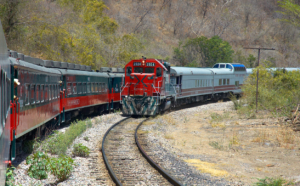 Ways To Traverse Copper Canyon
Ways To Traverse Copper Canyon
Visitors can explore Copper Canyon, Mexico using several modes of transit. Popular options include:
- El Chepe railway
- Hiking
- Horseback riding
- Mule riding
- Helicopter
- ATV tours
- 4-seater Jeep tours
- RV & motorhome caravans
- Aerial tramway
Adventuring With Kids
How To Experience The Grand Canyon In a Kid-Friendly Way
Kids are invited to join the Junior Ranger Program at The Grand Canyon. Kids who join get specialized books and onsite activities. Participation earns badges.
The Grand Canyon Conservancy also offers plenty of tours and events that are appropriate for kids, including:
- Guided Rim Walk (3hr)
- Desert View Tour (4hr)
- Sunset Photography Tour (3hr)
How To Enjoy Copper Canyon With Kids and Family
Parents report kids love playing in Valle de Los Monjes. It’s flat and grassy enough that kids can run around without potentially falling off a ledge or into rocks. Other kid-friendly adventures include:
- Riding the El Chepe
- Relaxing in the Recowata thermal pools
- Staying in family-friendly lodges (with playgrounds) in Creel
- Ziplining through Copper Canyon Adventure Park
Highlights & Unique Features
Best Sites In The Grand Canyon
The most iconic site in The Grand Canyon is Mather Point. This is the point that grants the view of the canyon depicted on most postcards. Other amazing sites include:
- The Desert View Watchtower, a castle-like, seven story tall turret and National Historic Landmark.
- The Shaman Gallery, an out-of-the-way esplanade plateau with centuries-old rock paintings.
- The site is one of the known Polychrome Pictographs painted in The Grand Canyon by Puebloans and Southern Paiute in the 1300s.
- Phantom Ranch, a semi-hidden lodge at the bottom of the Grand Canyon.
What Are Some Must-See Features of Copper Canyon?
Copper Canyon is filled with rare features and formations. Among the most intriguing, you’ll find:
- Valley of the Monks, surreal natural ash-flow formations that look like giant, stern monks—or gods.
- Sierra Tarahumara, the mountain range that symbolically marks the “edge” between civilization and wilderness.
- Basaseachic Falls (Cascada de Basaseachi) the tallest waterfall in Copper Canyon and the highest year-round waterfall in Mexico.
- Aguas Termales De Recohuata, a 2 km-long swimming area with natural hot springs and extraordinary views.
Explore Copper Canyon And The Grand Canyon With Caravan
Take a trip without the travel-planning stress. At Caravan, our experts curate guided, all-inclusive tours of fantastic destinations.
If you want to experience the extraordinary beauty of The Grand Canyon, join our eight-day Tour of The Grand Canyon, Bryce, and Zion. If you’re dreaming of an adventure through Mexico’s Copper Canyon, hop aboard El Chepe for a romantic, eight-day Chihuahua-Pacifico Railway Tour of Copper Canyon.
Call our team toll-free at 1-800-227-2826 to book your spot. Or, learn more by calling +1-312-321-9800.
